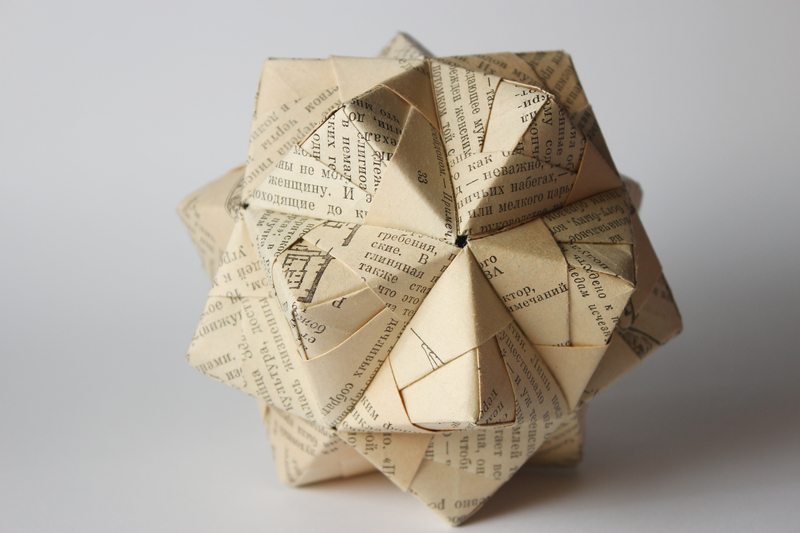Recycling Cookware Responsibly Without Harming the Environment
Many of us cherish our long-lasting pots and pans, whether they're stalwart cast iron skillets or gleaming stainless-steel saucepans. But what happens when your cookware is damaged, worn out, or simply no longer fits your needs? Far from a simple toss in the trash bin, the responsible recycling of cookware is essential to protect our environment, conserve resources, and keep toxic materials out of landfills. In this comprehensive guide, we delve into the best practices for recycling cookware responsibly without harming the environment and explore eco-friendly alternatives and creative upcycling ideas.
Why Responsible Cookware Recycling Matters
Recycling old cookware is more than just an easy way to declutter your kitchen--it has significant environmental impact. Cookware such as pots, pans, and baking trays are often made with metals like aluminum, cast iron, copper, and stainless steel, all of which have high recycling value. However, improperly disposed cookware can contribute to:
- Landfill overflow: Non-biodegradable items can persist for hundreds of years.
- Toxic pollution: Cookware coatings (like Teflon) and plastic handles may leach dangerous chemicals.
- Wasted resources: Failing to recycle metals leads to unnecessary mining and increased energy consumption.
By learning about different ways to recycle old cookware in an environmentally safe manner, every household can help lower their ecological footprint.

What Types of Cookware Can Be Recycled?
Commonly Recyclable Cookware Materials
- Aluminum: Lightweight, rust-free, and fully recyclable.
- Stainless Steel: Highly valued for scrap and easy to repurpose.
- Copper: Sort after for its reusability and market value.
- Cast Iron: Incredibly durable, perfect for both recycling and upcycling.
Note: Always check for any composite coatings or materials (like wooden handles or non-stick surfaces) that may need to be separated before recycling.
Cookware Materials That Require Extra Caution
- Non-Stick (Teflon-coated) Pans: These contain PTFE and sometimes PFOA, chemicals that are not accepted at many recycling centers.
- Ceramic and Glass Cookware: These are usually not accepted in curbside recycling programs due to different melting points and contamination risks.
When in doubt, contact your local recycling facility for specific guidance on recycling old pots and pans with mixed materials.
How to Responsibly Recycle Various Types of Cookware
1. Preparing Your Cookware for Recycling
To recycle cookware responsibly, take these preparatory steps:
- Identify: Determine the primary material and check for attached components like rubber, plastic, or wood.
- Disassemble if Possible: Remove any attached handles, knobs, or lids made from non-metal materials.
- Clean: Give the cookware a thorough cleaning to remove grease, food particles, and baking residues.
- Separate: If the lid is made from glass and the pan from metal, recycle the components accordingly.
2. Where Can You Recycle Old Cookware?
Here's where to bring your cookware for eco-friendly recycling:
- Scrap Metal Yards: These facilities accept metal cookware and will ensure proper recycling.
- Municipal Recycling Centers: Some local programs offer drop-off days for larger items like cookware.
- Retail Take-Back Programs: Certain brands and stores have take-back or recycling initiatives--contact them to learn more.
- Charity Shops and Donation Centers: If your cookware is still usable, donating is a sustainable way to extend its life.
- Specialized Recycling Schemes: Especially for non-stick cookware, some companies (such as TerraCycle) have unique recycling programs.
Tip: Always call ahead to your recycling facility or local scrap yard to check specific acceptance policies and hours.
3. How to Dispose of Non-Recyclable Cookware Components
While metal pots and pans are usually recyclable, not all materials are. Here's what to do:
- Handles and Knobs: Place wooden, rubber, or plastic parts in regular waste or look for specialized recycling streams.
- Non-Stick Coatings: If the pan is coated with Teflon, check for hazardous waste disposal events or specialized recycling programs in your area.
- Glass Lids: Very few local recycling centers accept tempered glass lids in curbside collection--call your local program first!
- Ceramic Cookware: Repurpose where possible, or check for local mosaic art groups that might reuse them.
Eco-Friendly Upcycling and Donation Alternatives
1. Creative Ways to Reuse Old Cookware
If recycling your cookware isn't possible, consider creative upcycling ideas for pots and pans:
- Planters: Use old pans and saucepans as unique flower pots for your garden or balcony.
- Art Projects: Turn lids into wall clocks, cast iron pans into decorative wall hangings, or use small pots for DIY lanterns.
- Storage Solutions: Stackable pans can become storage bins for nuts, bolts, or craft supplies in the garage or workshop.
- Bird Baths or Feeders: Larger pots can be upcycled into backyard birdbaths or rustic feeders.
These upcycling ideas for old cookware not only reduce waste but add personality and sustainability to your home.
2. Donating Gently Used Cookware
If your cookware still functions well, donation is the greenest option:
- Charity Thrift Stores: Organizations like Goodwill, Salvation Army, or Habitat for Humanity's ReStores.
- Community Centers and Shelters: Many homeless or domestic violence shelters accept gently-used cookware.
- Refugee Assistance Programs: These organizations often help new arrivals outfit their kitchens.
- Online Neighborhood Groups: Platforms like Freecycle, Buy Nothing groups, or Facebook Marketplace are great for local giving.
Donate clean items only and check each recipient's current guidelines before delivery.
Green Purchasing: Choosing Sustainable Cookware for the Future
Responsible cookware disposal and recycling starts with mindful purchasing. Here's how you can make eco-friendly choices:
- Choose Durable Materials: Stainless steel, cast iron, and carbon steel have very long lifespans and high recyclability.
- Avoid Harmful Coatings: Opt for cookware without PFOA, PFAS, or other toxic chemicals, making disposal easier in the future.
- Look for Recycled Content: Some manufacturers offer pots and pans made from recycled metals.
- Support Take-Back Programs: Buy from brands that accept old cookware for recycling or disposal.
By supporting reputable brands and prioritizing longevity over disposability, you play a crucial role in the circular economy and in reducing environmental harm from cookware waste.
Frequently Asked Questions About Cookware Recycling
Can I put old pots and pans in the curbside recycling bin?
Most municipal curbside recycling programs do not accept cookware due to size, weight, and mixed materials. Instead, take them to a local scrap metal yard or recycling center that handles bulk metal items.
Is it safe to recycle non-stick pans?
If your non-stick cookware contains Teflon or similar coatings, it must be processed separately. Check for specialized collections or hazardous waste drop-off events. Never incinerate Teflon-coated pans, as this can release harmful gases.
Can ceramic or glass bakeware be recycled?
Tempered glass and ceramics have very different melting points than regular glass, making them unsuitable for most municipal recycling plants. Seek out creative reuse or contact local art programs for upcycling options.
What happens to cookware at a scrap metal yard?
Materials get sorted (aluminum, ferrous, non-ferrous) and processed for industrial recycling. Meticulous recycling ensures valuable metals are returned to the manufacturing cycle, reducing the need for new raw material mining.
Do brands or retailers recycle cookware?
Some retailers (such as Williams-Sonoma or Sur La Table during special events) and brands sponsor take-back initiatives. Contact customer service or check their website for details on cookware recycling programs.

The Environmental Benefits of Recycling Cookware
Choosing to recycle cookware responsibly brings substantial ecological advantages:
- Reduces landfill waste: Keeps bulky, non-biodegradable items out of dumpsites.
- Conserves raw materials: Reduces the need for mining, smelting, and processing virgin metals.
- Saves energy: Recycling aluminum, for instance, uses up to 95% less energy than producing it from raw ore.
- Prevents pollution: Lessens the risk of toxic leaching and chemical contamination from cookware coatings in landfills.
- Promotes the circular economy: Supports sustainable production and responsible waste management.
Conclusion: Your Role in Sustainable Cookware Disposal
Responsibly recycling old cookware without harming the environment is a commitment we can all make. Whether it's through proper metal recycling, creative upcycling, or thoughtful donation, your efforts have real ecological benefits. Support sustainable brands, choose eco-friendly materials, and share your knowledge so others can join the movement towards greener kitchens. With small changes in habit, we protect our environment and pave the way for a cleaner, more resourceful future.
- Double-check local recycling programs before disposing of cookware.
- Prioritize donation or upcycling for gently-used items.
- Support brands and retailers that offer sustainable cookware take-back initiatives.
- Choose durable, uncoated cookware moving forward.
Together, we can ensure that responsible cookware recycling is the norm--and that our planet, and kitchens, remain clean for generations to come.
